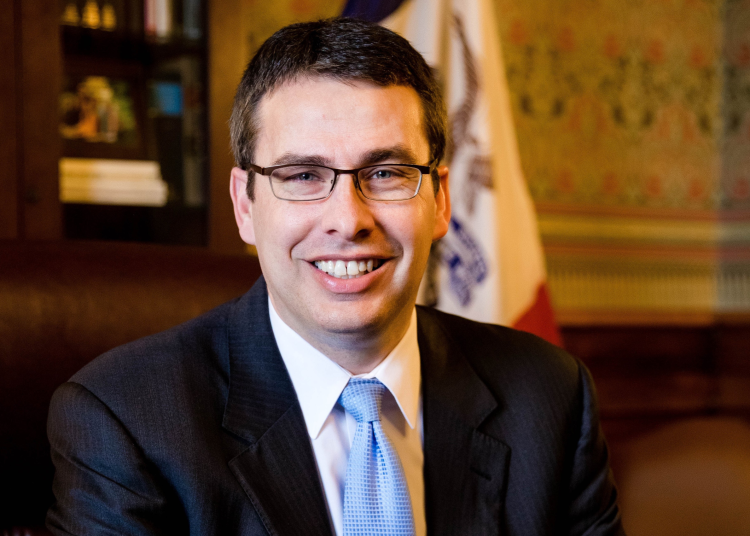Early in my career, a supervisor once said to me, “Always say yes.” This came in response to me saying “no” to someone in upper management because the request they made was not logistically possible. I’ll admit, the way I said “no” at the time was probably not the most tactful (hello inexperience), but I also think the advice to “always say yes” was probably the single WORST piece of advice that I ever received. Yep, I said it.
Now, am I advocating to question organizational leadership and say no to everything? Absolutely not. But, given the turnover rate in the fundraising field was 18-24 months BEFORE the pandemic (chances are with the Great Resignation that it has gotten worse), I would say that saying yes to everything is a one-way ticket to exhaustion and burnout.
The fundraising field is one where we are taught to say yes to so many people — donors, board members, leadership, and colleagues. That many yeses don’t leave a lot of room for effective fundraising strategy and balance. It is exhausting. So, how do we balance the equation to prevent burnout and maintain positive working relationships? Here are a few places to begin:
Start with a plan. A well-thought-out fundraising strategy makes it a lot easier to manage conversations and your bandwidth. If you feel like your strategy has been all over the place for the past two years, take a breath and some time to plan out a strategy. Sure, you may still have to flex and change depending on the path of the pandemic, but at least you have somewhere to start.
Think before you say yes. That is not to say that you should say “no,” but rather than automatically saying “yes” to every request that comes your way, think about how “yes” impacts the plan. Is there a way to say “yes” while still protecting boundaries and workload? If you say “yes” without question to everything, then people will begin to expect that. Manage your boundaries.
Manage expectations. Perhaps leadership is asking for a weekly fundraising report. You know from understanding the database that the particular report they want is only calculated monthly for accuracy. Creating a weekly report would take significantly longer, and the data would not be as accurate. Rather than saying yes or no, have a conversation to achieve compromise.
Build trusted relationships. This is especially important when working with donors. Donors are people too. Their goal is to support your mission — not distract from it. If a donor offers a unique request for how their dollars can be used that would cause an ineffective shift in resources, have a conversation. Again, compromise can almost always be achieved.
If you are a nonprofit leader or board member, support your development staff in creating realistic goals and timelines. They are fundraisers, not magicians. If you are a donor, consider asking the development staff how you can help support the mission in a way that stretches your dollars the furthest. Fundraisers are incredibly creative when given the space to innovate.
A nonprofit organization is always stronger when its team members are at their best and feel valued and respected. Creating boundaries helps development professionals limit burnout and overall workplace satisfaction. Of course, the fundraising field will always carry a certain level of stress that is guaranteed. BUT, communication and boundary setting can make all the difference between burnout and thriving.
Anna Patty is the owner of Be The Good Consulting, LLC, a strategic marketing, fundraising, data management and public relations consultancy based in Cedar Rapids.




